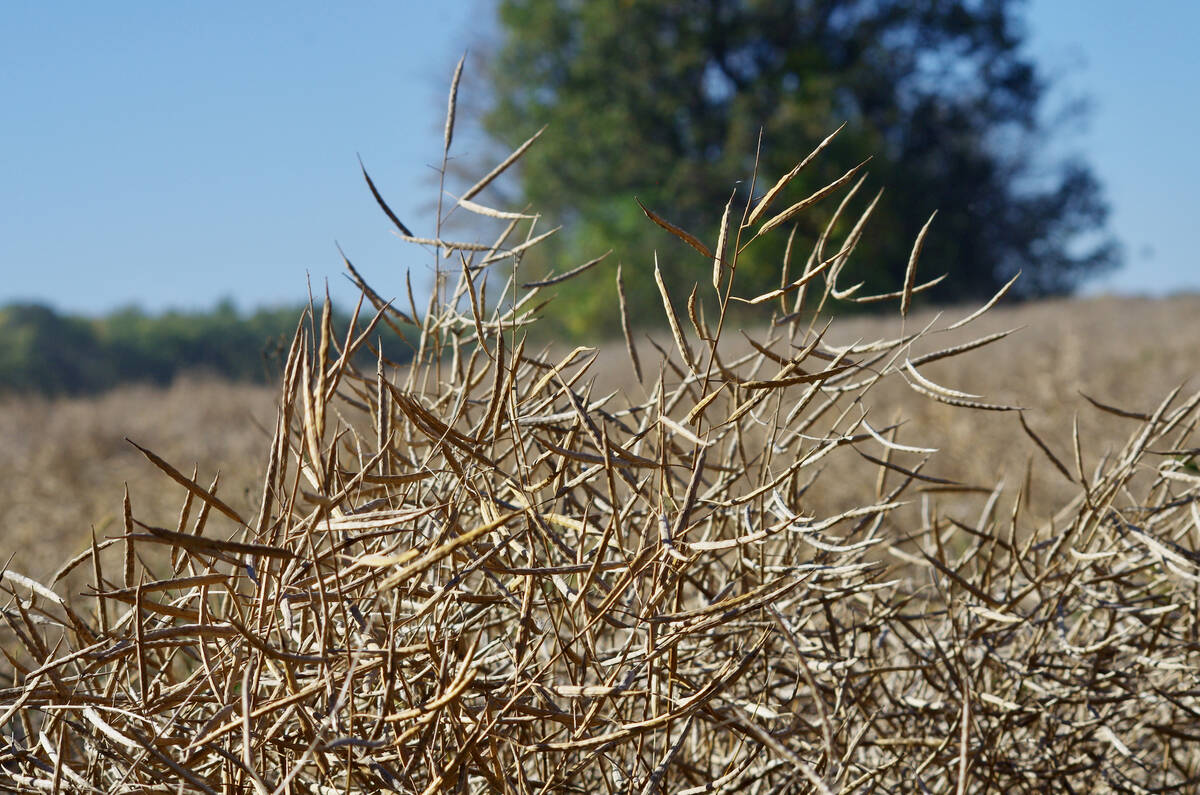CNS Canada –– The spread of leaf and stripe rust in southern Manitoba appears to be over.
The diseases, which generally target cereal crops, were thought to have blown up from the northern U.S. in late spring. Fields near Carman and Killarney both tested positive for rust in winter and spring wheat.
Recent warm weather, however, appears to have dealt the two rusts a deadly blow.
“Not with this heat — rust doesn’t enjoy 30 C days, even though we’ve had precipitation; it’s just been too hot,” said Pam de Rocquigny of Manitoba Agriculture, Food and Rural Development in Carman.
Read Also

ICE Canada Weekly: Canola unlikely to have a good start to 2026
When canola trading begins returning to normal come Jan. 5, the oilseed’s futures are likely to fall back, said Tony Tryhuk, trader with RBC Dominion securities in Winnipeg.
She credited producers in the affected areas for scouting fields and applying fungicides where needed, as the main reasons for the diseases’ departure.
The ag department’s focus now shifts to fusarium head blight, she said, as now is the time the crops traditionally show symptoms.
“Usually about 21 days after flowering — that’s when you start to see the symptoms on the wheat heads,” she said.
Already, a few stands of winter wheat have exhibited signs of fusarium.
Infection generally occurs at the flowering stage, so the timeline for applying fungicide for suppression has passed, de Rocquigny said.
“But we haven’t sampled enough fields yet. We expect to know more in a week or so.”
— Dave Sims writes for Commodity News Service Canada, a Winnipeg company specializing in grain and commodity market reporting.















